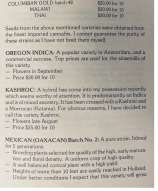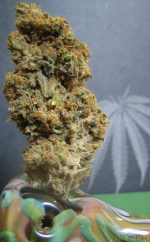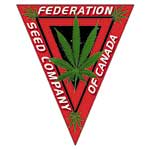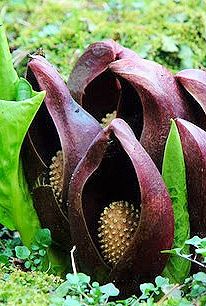acespicoli
Well-known member
sesquiterpene alcohols

Sesquiterpene - Wikipedia
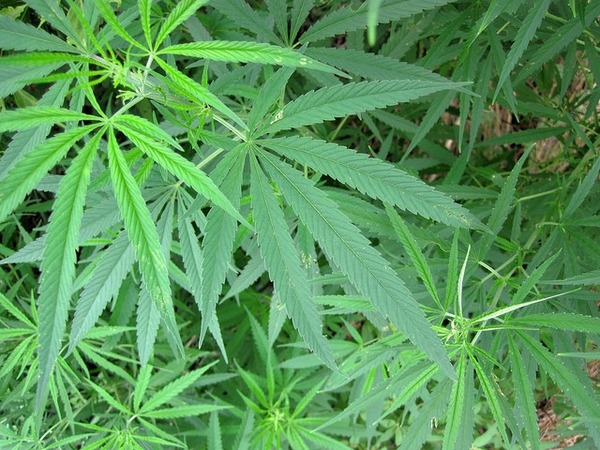
The Ethnobotanical Journey of Robert C. Clarke - Terpenes and Testing Magazine
Primordial plants like Cannabis sativa and psychedelic mushrooms are making a “comeback” as humanity pursues the offerings of Mother Nature for longer, better, more educated, cultured, and peaceful qualities of life. The fact that these plants transcend time and, yet, divergently, are very new...
Last edited:

